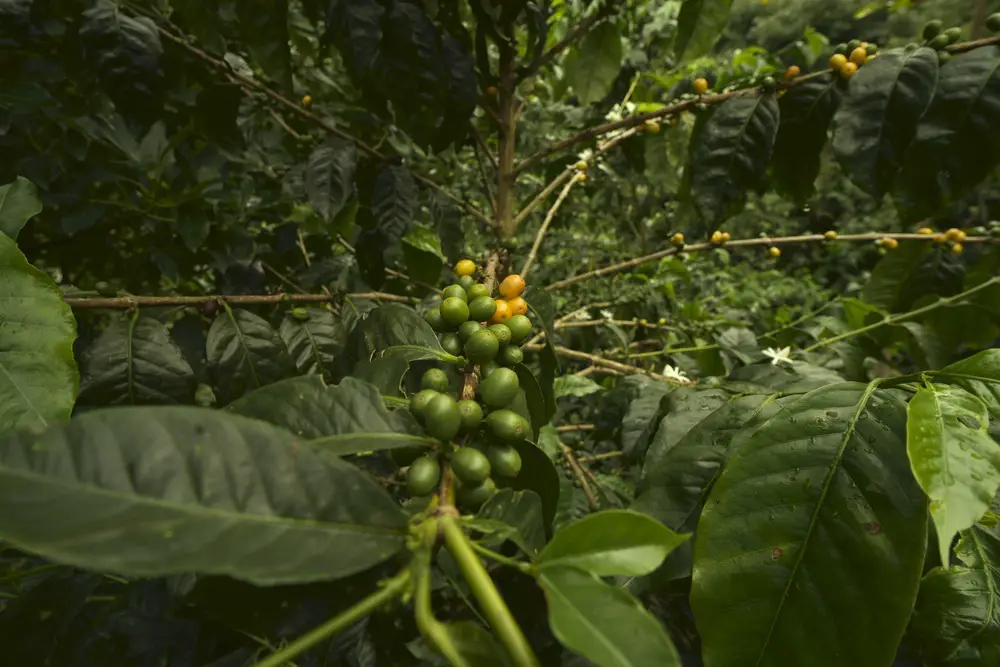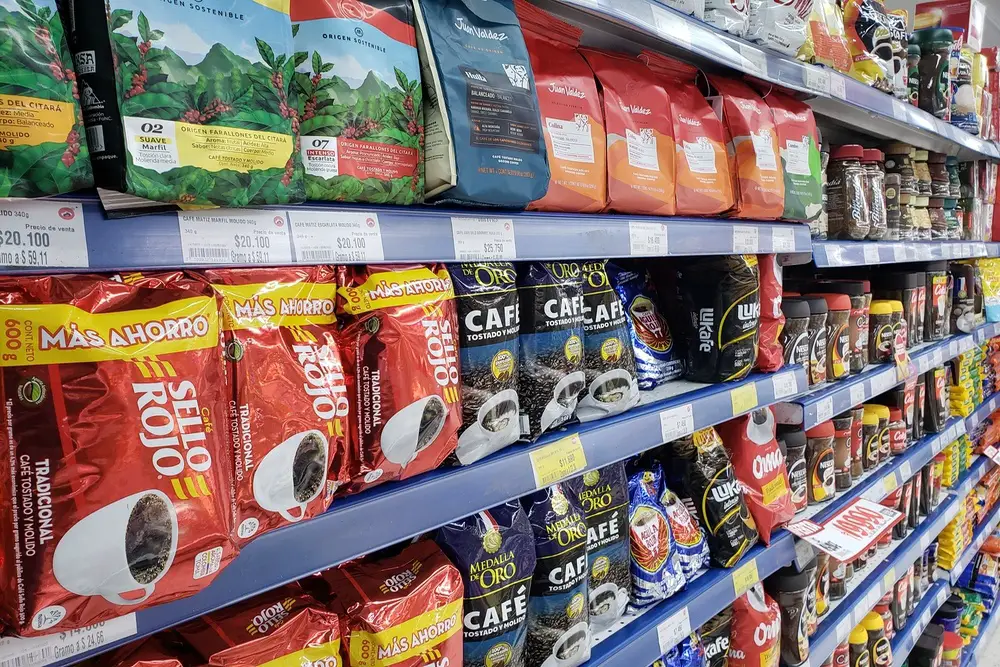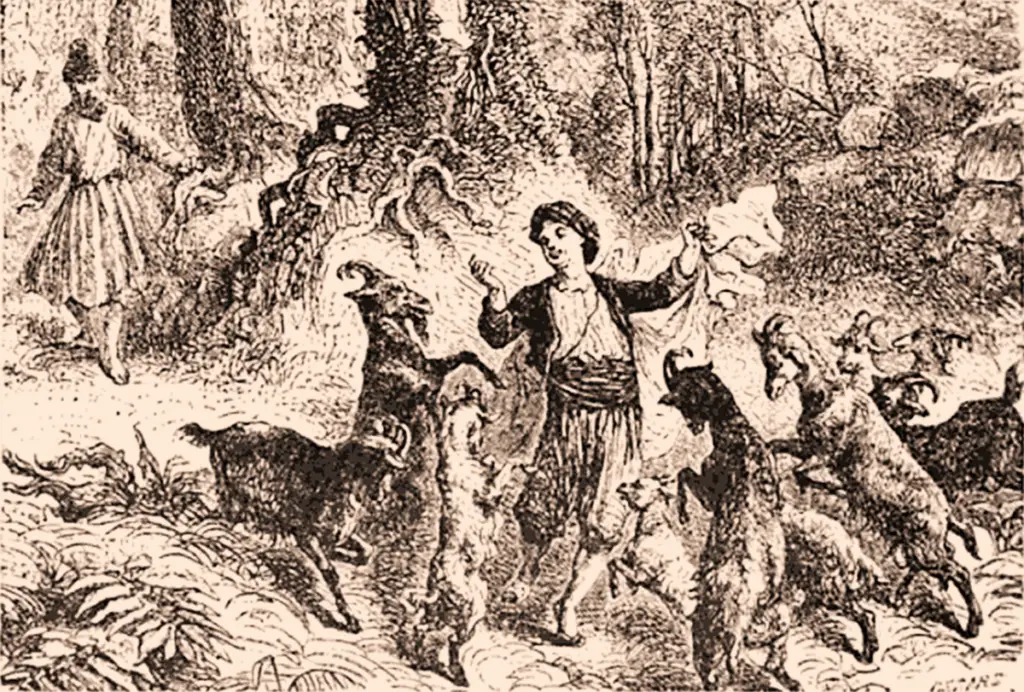Santuario Risaralda is a municipality in the Colombian coffee region. Its inhabitants have specialized in the production of different types of coffee. But not only that makes the coffee from this region interesting, but also its history.
Table of Contents
Coffee growing conditions in Santuario Risaralda
The department of Risaralda in Colombia produces around 560,000 60 kg bags of green coffee each year, making it the seventh largest producer in the country. The department has 52,300 hectares of coffee-growing areas at altitudes between 1,000 and 2,000 meters above sea level.
There are approximately 20,000 coffee farmers and 25,727 coffee farms in Risaralda, of which 12,974 are in the sphere of influence of the coffee cultural landscape. Of these, about 6,300 are in the main area and have a coffee-growing area of 19,406 hectares. Coffee is the main agricultural activity, accounting for 58% of the department’s domestic agricultural product.
Coffee produced in Santuario Risaralda
Coffee lab
The Government of Risaralda, the Committee of Coffee Growers of Asotatamá and the Municipal Office have joined forces in the creation of the Specialty Coffee Quality Laboratory in the Municipality of Santuario to strengthen the associative and commercial processes.
“We are inaugurating this great laboratory of Asotatamá, an association of specialty coffees in the municipality of Santuario, where, together with the Mayor’s Office, the Coffee Committee, the same association and the Governor’s Office, we have contributed funds of 76 million pesos to give them a laboratory for that will help them to produce coffee of very good quality; this is part of the work that we have in the department to support associativity in our territory and in particular with the coffee growers,” said the Governor of Risaralda, according to RisaraldaHoy.com
He added: “This Santuario project is innovative, it is a strengthened association and it is a bet within the Risaralda Diversity of Profiles strategy, the strengthening of an association of specialty coffees that will ultimately benefit Santuario coffee farmers, the members of the association and the entire coffee department of Risaralda”.
Coffee blend
The coffee blend is a mixture of coffees from different origins that are mixed in one and the same bag of coffee for different reasons and thus made available to the public.
A quality blend coffee is a blend of different coffees that differs from the origin coffees to achieve a balanced coffee in terms of aroma, flavor and body.
The term coffee blend is also used as a substitute for “blend” for coffees that contain more than two coffees from different origins in their composition, but have been roasted with a natural roast.
Honey coffee blend
A blend of origin coffees named after the honey process.
In the honey process, the coffee cherries are picked and sorted, their skin and pulp removed like other coffees, but then dried without washing off the sticky, sweet outer layer of the fruit. With the honey process, because the beans spend less time in the water than washed beans, there is less fermentation, so not as much of the sugar in the bean is converted to acid.
Originating in Costa Rica, a country known for its eco-friendly approach, the process uses less water than “natural” or “washed” process coffee.
Despite the name and sticky appearance, there is no real honey in these beans.
Geisha coffee
This coffee is commonly known as geisha coffee, which has caused a lot of confusion. As you may know, the term geisha was long understood to mean a Japanese artist, long before Panama coffee took the world by storm.
This has led to a great deal of confusion regarding the term. Many coffee shops have been selling coffee with Japanese symbolism because that’s what people expected from the term.
However, before the coffee hit the scene in 2004 when it featured in the Best of Panama auction, locals had been harvesting and serving the coffee for decades.
Conclusion
Santuario Risaralda coffee is not a unique coffee, but a local initiative to produce quality coffee that is sold in coffee markets around the world, mainly in Europe and Asia, with the United States being the main consumer of coffee sacks.



